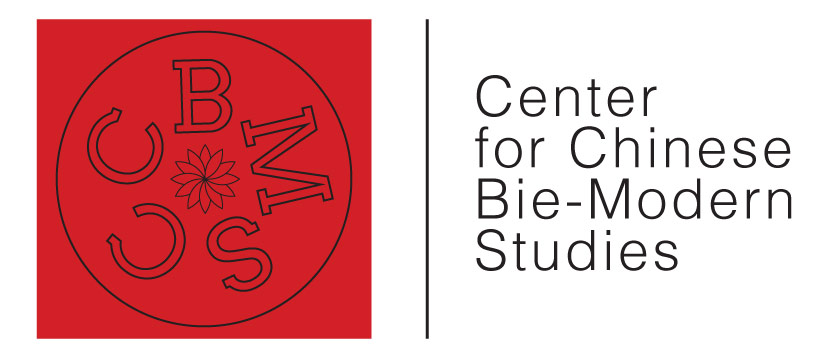GSW Website Search
- Apply
- About
- Academics
- Admissions
- Financial Aid
- Athletics
- Student Life
- myGSW
- A-Z Index
- Directory
- Map
- Visit
- Give

Georgia Southwestern State University's Center for Chinese Bie-Modern Studies (CCBMS) is devoted to facilitating communication between eastern and western scholars concerning the unique contemporary cultural context in China. Housed in the College of Arts and Sciences, the CCBMS places an emphasis on the support of rigorous teaching and research practices, while also promoting diversity and the awareness of cultural differences and similarities.
One aspect of the CCBMS is to encourage organization of conferences focusing on contemporary Chinese culture and Bie-Modern perspectives. To this end, the center encourages and draws support from scholars from a broad range of disciplines with interests in analyzing contemporary practices in China. The CCBMS functions in collaboration with the Institute of Aesthetics and Aesthetic Education (IAAE) at Shanghai Normal University to publish its findings and perspectives.
Bie-modern (Bie xian dai in pinyin) is an original academic term which means a doubtful modernity. The Bie-modern engages theories about particular social forms and constructs of modernity. It holds that there are a variety of developments in the context of globalization that are different from Western developmental models. This hybrid social form intertwines the modern, pre-modern and post-modern. Although it has modern, pre-modern and post-modern factors, it does not belong in a singular way to any of these. With the Chinese character “Bie” borrowed from oracle bone script (see below), this mixed social form is called Bie-modern. Bie-modernity is the manifestation of insufficient modernity before modernization is realized. The pre-modern persists within modernity, forming a doubtful modernity. Bie-modernism advocates distinguishing between true and false modernity and establishing a more viable modernity in the hybrid social form, so as to realize modernization. This process of discernment exemplifies one ancient meaning of Bie, which is to separate meat from bone or to “cleave” a distinction between the two.
Bie-modern Theory was first published by Professor Wang Jianjiang from the School of Humanities of Shanghai Normal University in China in 2014 within the publication "Exploration and Free Views". It immediately sparked a response at home and generated international interest. The Center for Chinese Bie-modern Studies at Georgia Southwestern State University and the Center for Bie-modern Studies at Primoska University in Slovenia (CBMS) were established respectively in 2017 and 2019, both of which created spaces for discussing Bie-modern theory.
Current research of Bie-modern theory has developed in the fields of philosophy, aesthetics, literature, art, tourism, law, psychology, pedagogy, etc. The theory has been recognized by some Chinese contemporary artists who are consciously participating in the Bie-modernist conversation. A series of Bie-modernism-related works in Chinese and English have been published including: Bie-modern: Space Encounters and Times Spans (by Wang Jianjiang), Bie-modern: Discourse Innovation and International Academic Dialogue (by Wang Jianjiang and Ales Erjavec), and Bie-modern: Works and Commentary (by Wang Jianjiang and Keaton Wynn).
International Virtual Exhibition
The artists represented in The International Virtual Exhibition make use of this fruitful space, with works ranging from neo formalism to collage to video.
View Gallery
